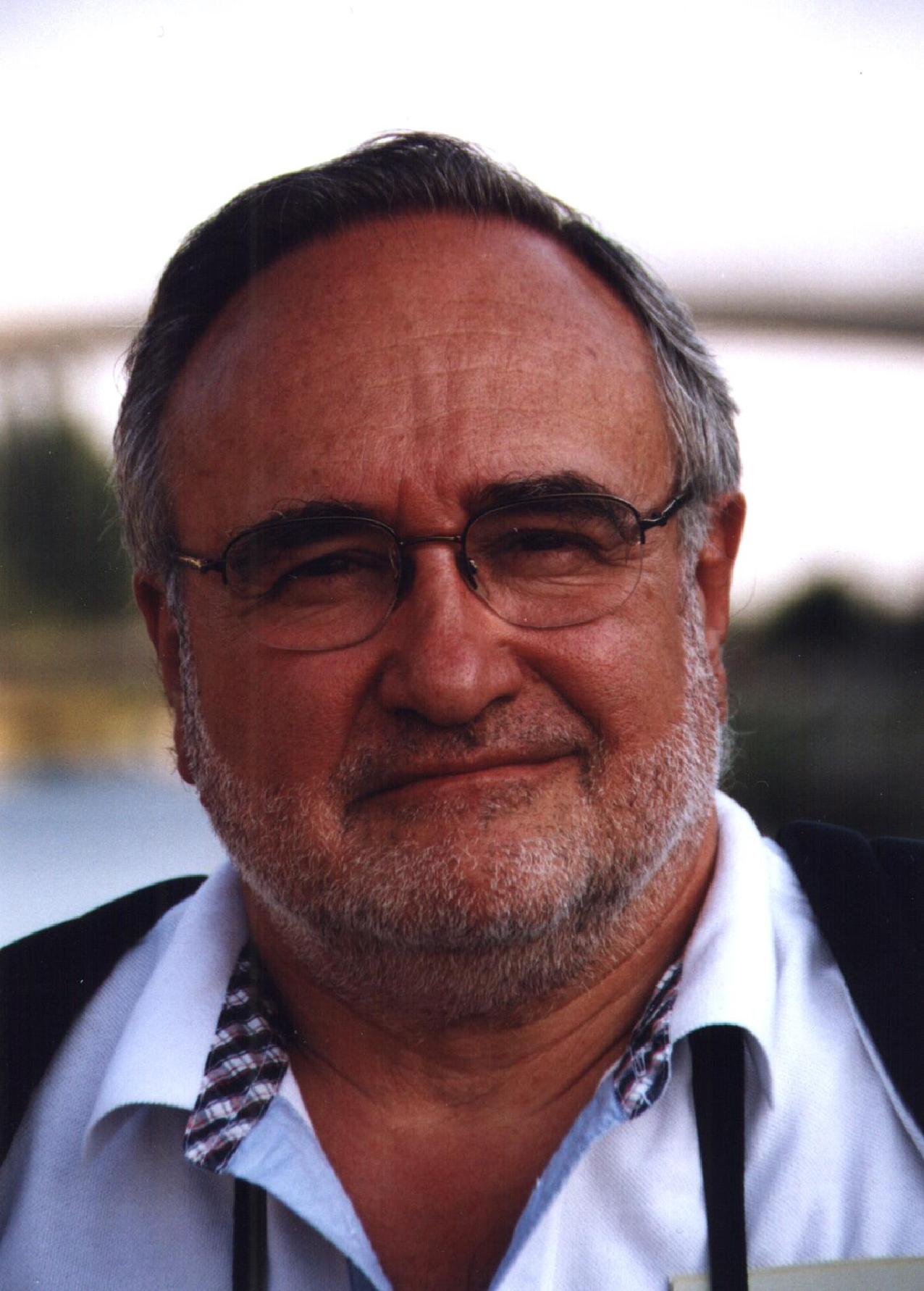
“PERFORMANCE MODELLING OF COMPUTER SYSTEMS AND COMPUTER NETWORKS”
Ramon Puigjaner, Ph.D.
Computer Networks
 |
When it is needed to predict the performance of a computer system or a computer network, and this system does not exist, a technique that can be used is to build a mathematical model, in a general sense, and solve it using some of the available tools to obtain an estimation of the expected performance. The main tools are based on the queuing theory.
In consequence, this tutorial starts by briefly reviewing the variable describing the performance, how is done the abstraction allowing to pass from the real system we intend to model to its representation based on a queuing network. Another important problem to be solved is the capture of the data needed to solve the model. Then the main tools used on the queuing network domain are presented. In particular the analytical and simulation techniques and their respective application domains are described insisting in their advantages and inconveniences. For a better understanding, the theoretical presentation is accompanied by a set of case studies analysed by analytical and/or simulation methods.
Ramon Puigjaner born in Barcelona (Spain) in 1940, received his degree of Industrial Engineer from the Universitat Politècnica de Catalunya (Barcelona, Spain) in 1964, his Master degree in Aeronautical Sciences from the Ecole Nationale Supérieure de l'Aéronautique de Paris (France), his PhD. from the Universitat Politècnica de Catalunya (Barcelona, Spain) in 1972 and his degree of License in Informatics from the Universidad Politécnica de Madrid (Spain) in 1972.
From 1966 to 1987 he shared his time between the Universitat Politècnica de Catalunya, where he taught and researched on Automatic Control, Computer Architecture and Computer Performance Evaluation, and several positions in the industry, mainly from 1970 to 1987 in UNIVAC (after SPERRY and finally UNISYS) where he was in charge of computer performance measuring and modelling for tuning and sizing in Spain. In 1987 he joined full time the Department of Computer Science of the Universitat de les Illes Balears (Palma de Mallorca, Spain) where he is currently Professor of Computer Architecture and Technology. From this position he has acted as advisor for the COOB’92 (Organizing Committee of the Barcelona Olympic Games in 1992), has leaded the participation of the UIB in the Esprit II project COMPLEMENT, in the Esprit IV project HELIOS, and in the Esprit IV Project SUCSEDE as well as in several projects funded by the Spanish Ministry of Education and Science. He has acted several times as project reviewer and evaluator for the Commission of the European Union. Between 1979 and 1982 he has been the Dean of the Informatics Faculty of the Universitat Politècnica de Catalunya and between 1988 and 2004 has been Dean of the Informatics Faculty of the Universitat de les Illes Balears abd then Director of the Polytechnic School of the Universitat de les Illes Balears.
He is the Spanish representative at the IFIP General Assembly and at the TC6 Communication Networks and is the Vice Chairman of this TC. He is also member of the IFIP WG6.3 Performance of Computer Networks, of the IFIP WG6.2 Network and Internetwork Architectures, of the WG6.9 Communication in Developing Countries and of the IFIP WG10.3 Distributed Systems. He has been chairman between 2002 and 2004 of the WG6.9 Communication in Developing Countries. He has been awarded with the IFIP Silver Core. He is Life Senior Member of the IEEE, and member of the ACM.
He is author of a book on computer performance evaluation and of more than one hundred and fifty reviewed papers in international journals and conferences. He has been member of the Editorial Board of the Journal on Computer Networks.
His current research interests are the performance evaluation of computer systems and computer networks and the diffusion of these techniques in the industrial milieu mainly in the field of real-time and distributed systems, and particularly related to ambient intelligent systems.
He has played rugby for several years, and likes to climb mountains, reading and listening classical music, particularly Italian opera.
Course Outline
1. INTRODUCTION
1.1. Performance measures
1.1.1. External performance measures
1.1.2. Internal performance measures
1.2. Performance tools
1.2.1. Measuring
1.2.2. Modelling
2. CONCEPT OF QUEUE
2.1. Examples of queues
3. WHAT IS A QUEUEING NETWORK?
3.1. Examples of open queuing networks
3.2. Examples of closed queuing networks
3.3. Observations
3.4. How can I set-up a queuing network model of my problem?
3.4.1. The notion of customer
3.4.2. The notion of node:
3.4.3. Collecting information:
3.5. Performance measures
3.5.1. Performance measures per node
3.5.2. Performance measures for the network
3.6. Solution techniques for queuing networks
4. NUMERICAL TECHNIQUES
4.1. Advantages/disadvantages
5. ANALYTIC SOLUTIONS
5.1. The BCMP theorem
5.1.1. Classes of customers
5.1.2. Types of arrival processes
5.1.3. Service mechanisms (nodes)
5.1.4. The solution of a BCMP queuing network
5.2. Case studies
5.2.1. Transactional system
5.2.2. Conversational system
5.2.3. Communication network with messages
5.2.4. Communication network with messages considering the process at the nodes
6. APPROXIMATED SOLUTIONS OF QUEUEING NETWORKS
7. DECOMPOSITION-AGGREGATION METHODS
7.1. Norton theorem
7.2. Case studies
7.2.1. Multiprogramming system
8. DIFFUSION METHODS
8.1. Case studies
8.1.1. Communication network with packets
9. ITERATIVE METHODS
9.1. Case studies
9.1.1. Conversational system
10. SIMULATION TECHNIQUES
10.1. Case studies
10.1.1. Communication network
10.1.2. Conversational system
10.1.3. Token ring network
10.1.4. Ethernet network
Duration: 3 - 6 hours.